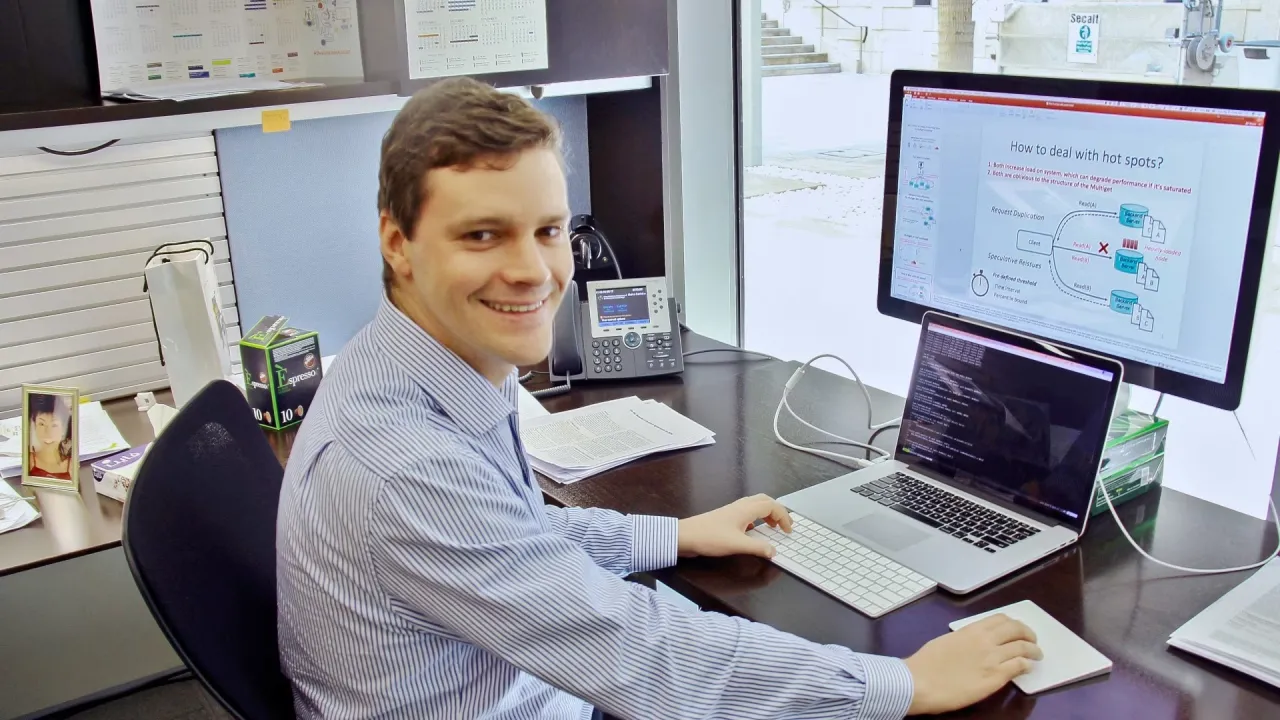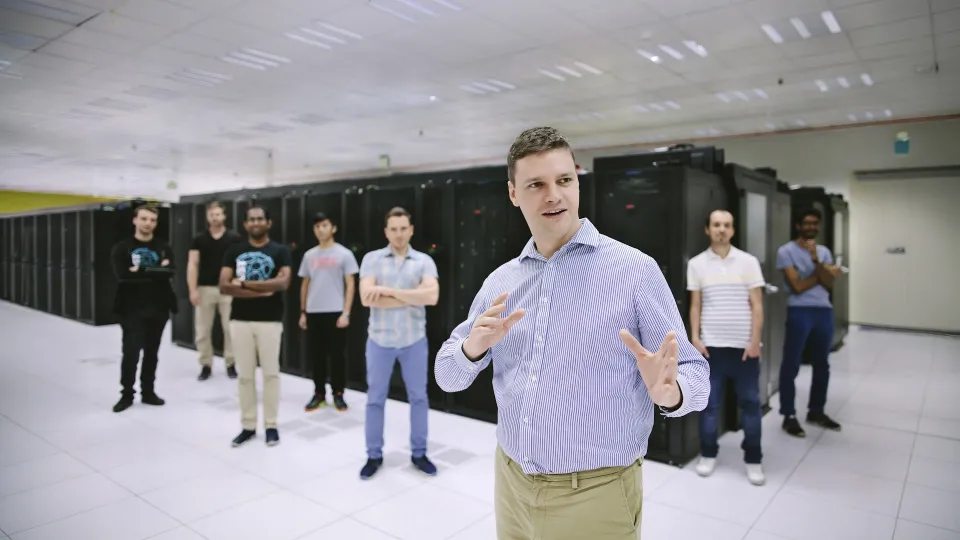
Building SANDS at KAUST
We live in a connected world where networked systems play an increasingly important role. These systems, which are the foundational pillars of our modern digital lives, are the result of some remarkable technological advancements and progress in computer science over the past three decades.
About
We live in a connected world where networked systems play an increasingly important role. These systems, which are the foundational pillars of our modern digital lives, are the result of some remarkable technological advancements and progress in computer science over the past three decades.
Yet despite all the advances in computer science and research in computer-based systems, we still have an immature understanding of how we should design and operate such systems based on first principles that make systems dependable, energy-efficient, easy to manage and future-proof. Conversely, systems are increasing in both size and complexity and are bound to scaling-up to accommodate ever-larger numbers of components and users. We are still far from mastering a science for building systems, and we are now experiencing radical technological trends and paradigm shifts that require us to revisit our previous decisions and designs.
A new alternative or solution to Moore's Law—which has sustained decades of scaling—is needed. A growing body of data needs to be analyzed and new services are required to connect more people and devices.
Improving how we compute
Marco Canini is a computer scientist and an assistant professor in the KAUST Computer, Electrical and Mathematical Science and Engineering Division, and his research goal is to solve some of the aforementioned problems and attempt to decode these interconnected networked systems.
Canini's work is focused on improving networked-system design, implementation and operation along vital properties like reliability, performance, security and energy efficiency. A particular thrust of his research centers around the principled construction and operation of large-scale networked computer systems, and in particular the development of Software-Defined Advanced Networked and Distributed Systems (SANDS).
"I work on distributed systems and networking and specifically at the intersection of these two sub-communities—it's something I like to call networked systems," Canini said.
"Not everyone is conscious of how modern lives in the digital era operate because we are all so used to convenient online services—services like search, file sharing and other interactive applications that are interconnected and that regulate many aspects of our lives. These services are possible due to technological developments in terms of what I define as systems infrastructures: compute, storage and networking. People may not really perceive how critical and how important this systems infrastructure is, but it really is the pillars of what supports all of our digital lives," he said.
The shortest path to becoming a computer scientist
Outside of his academic career, Canini has worked for Google, Intel and Deutsche Telekom. This exposure to industry and academic centers of excellence served to fuel Canini's passion for becoming the best possible computer scientist.
"Many environments have shaped my own taste for research and problems. I have been very fortunate in my path because I had the privilege of being exposed both to academia, centers of excellence and industry. Through this exposure, I could always see combining the idea of technology into practical products," Canini said.
"The exposure to these companies and institutions has really helped with the context and the excellent people I met. Thankfully, because of the successes I have had, I have had exposure to many other subfields of computer science, such as security, formal methods, machine learning, optimization theory, software engineering and programming languages that really happened because of this path that I took," he added.
Read full article on KAUST News
